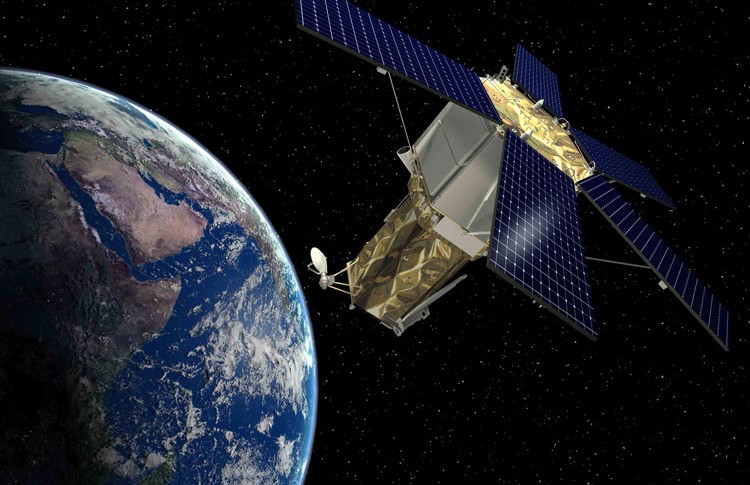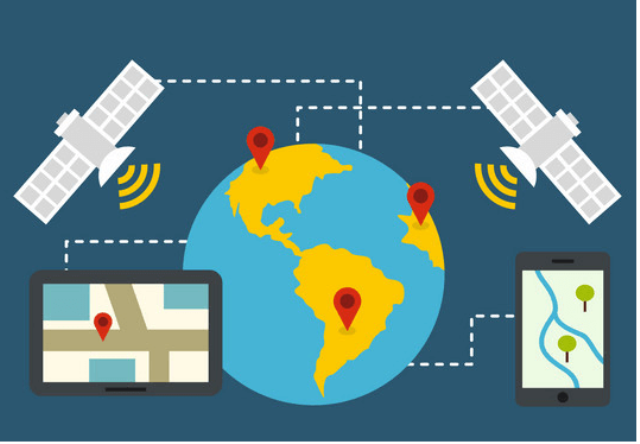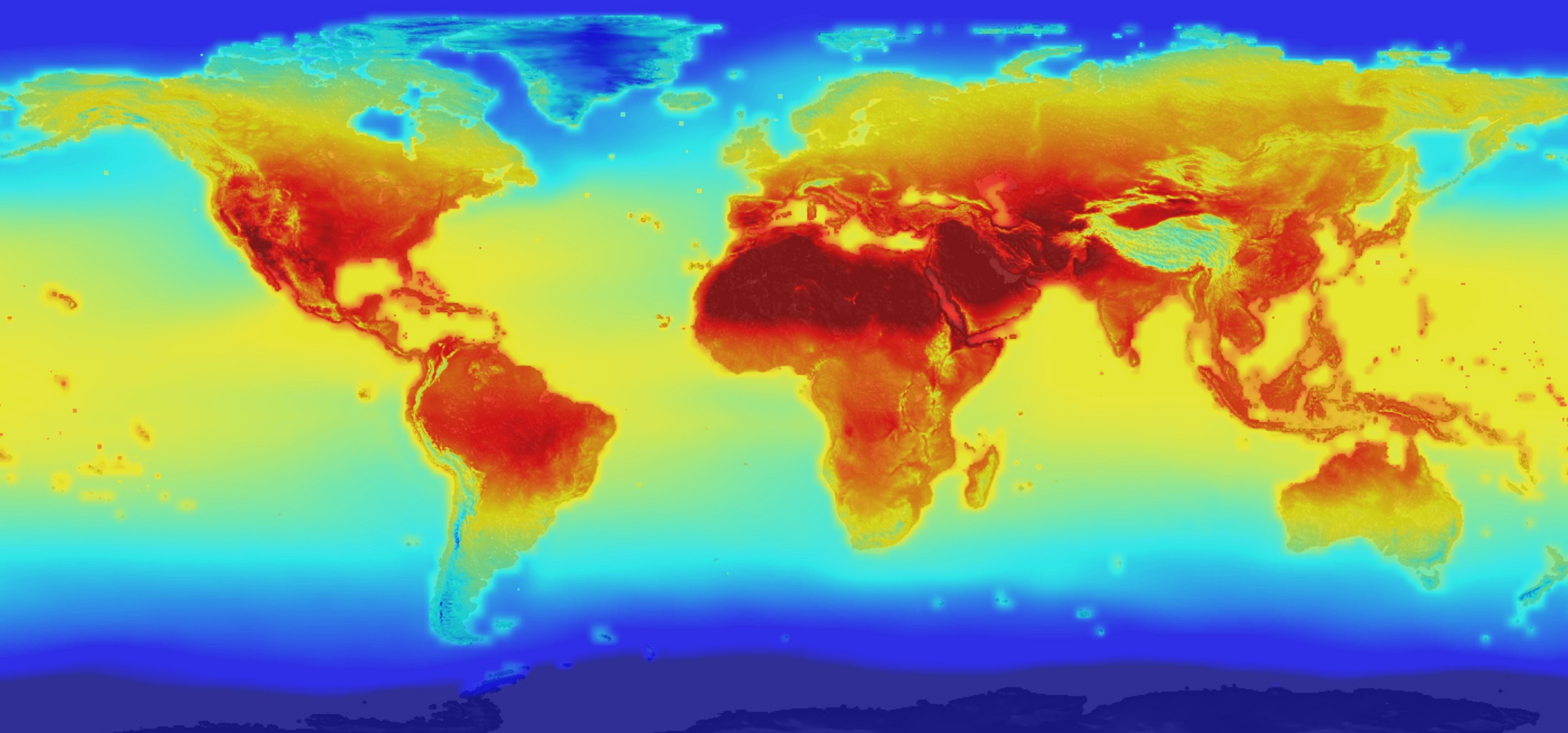Remote sensing: principles, electromagnetic spectrum, components and applications
Remote sensing: principles, electromagnetic spectrum, components and applications Remote sensing, also called earth observation, refers to obtaining information about objects or areas at the Earth’s surface without being in direct contact with the object or area. Humans accomplish this task with aid of eyes or by the sense of smell or hearing; so, remote sensing … Read more


